Hit-and-run incidents are a serious issue across the United States, creating not only safety concerns but also emotional and financial hardships for victims. Some states, however, report significantly higher rates of hit-and-run accidents than others. Various factors, such as population density, traffic patterns, and enforcement practices, can contribute to these alarming statistics. Here are the states with the highest hit-and-run rates, based on recent data, and a closer look at why these numbers might be so high.
California
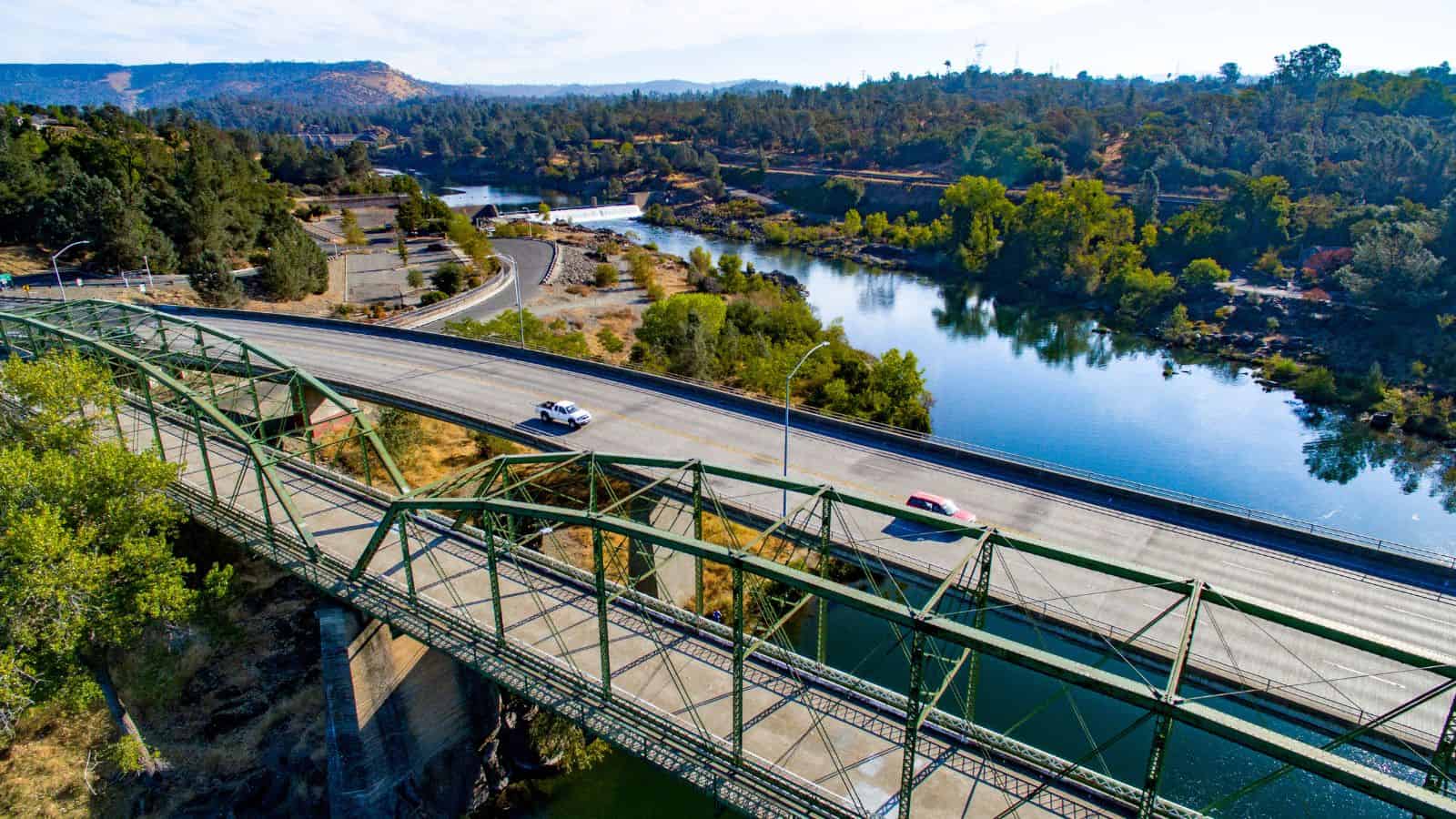
When it comes to hit-and-run incidents, California leads the way, with its sprawling urban areas and congested highways contributing to the problem. Cities like Los Angeles and San Francisco experience heavy traffic, making accidents more likely. Drivers often flee the scene due to fear of legal consequences, lack of insurance, or even confusion in chaotic situations. The sheer volume of vehicles on California’s roads, combined with inconsistent enforcement, creates an environment where hit-and-runs are unfortunately common.
Florida
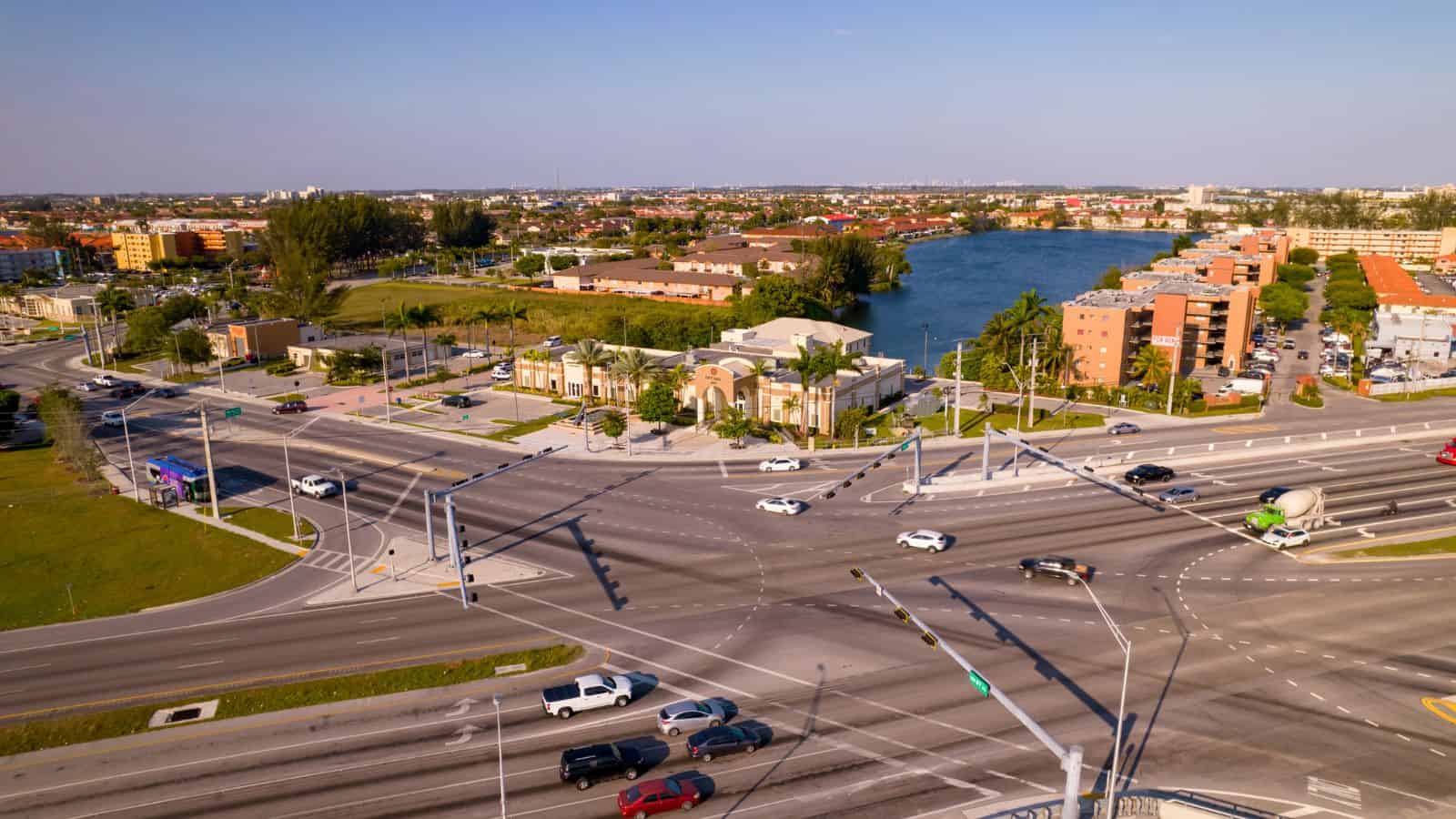
The hit-and-run rates are alarmingly high in Florida, especially in densely populated regions like Miami and Orlando. The state’s large number of uninsured drivers exacerbates the issue, as some motorists scarper to avoid legal or financial penalties. Additionally, Florida’s mix of residents, tourists, and snowbirds adds to the chaotic driving environment. High-speed highways and urban congestion contribute to the state’s troubling hit-and-run statistics.
Texas
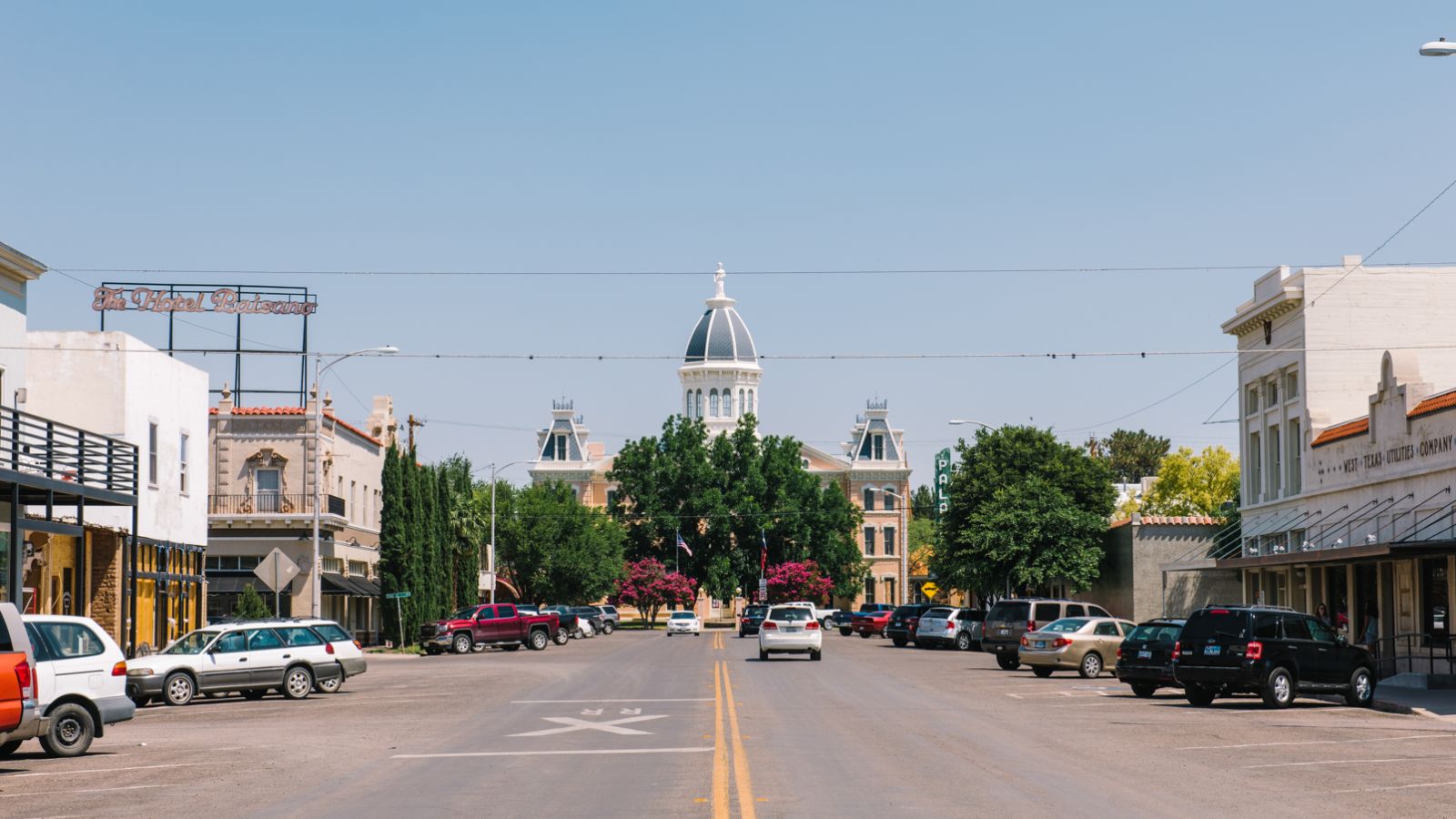
An expansive road network and high population ranks Texas among the states with the most hit-and-runs. Metropolitan areas like Houston and Dallas see a disproportionate number of these incidents due to their size and traffic density. Hit-and-run drivers are often avoiding DUI charges, especially in areas with late-night activity. In rural parts of the state, long response times by law enforcement may encourage some to leave the scene rather than wait.
Nevada
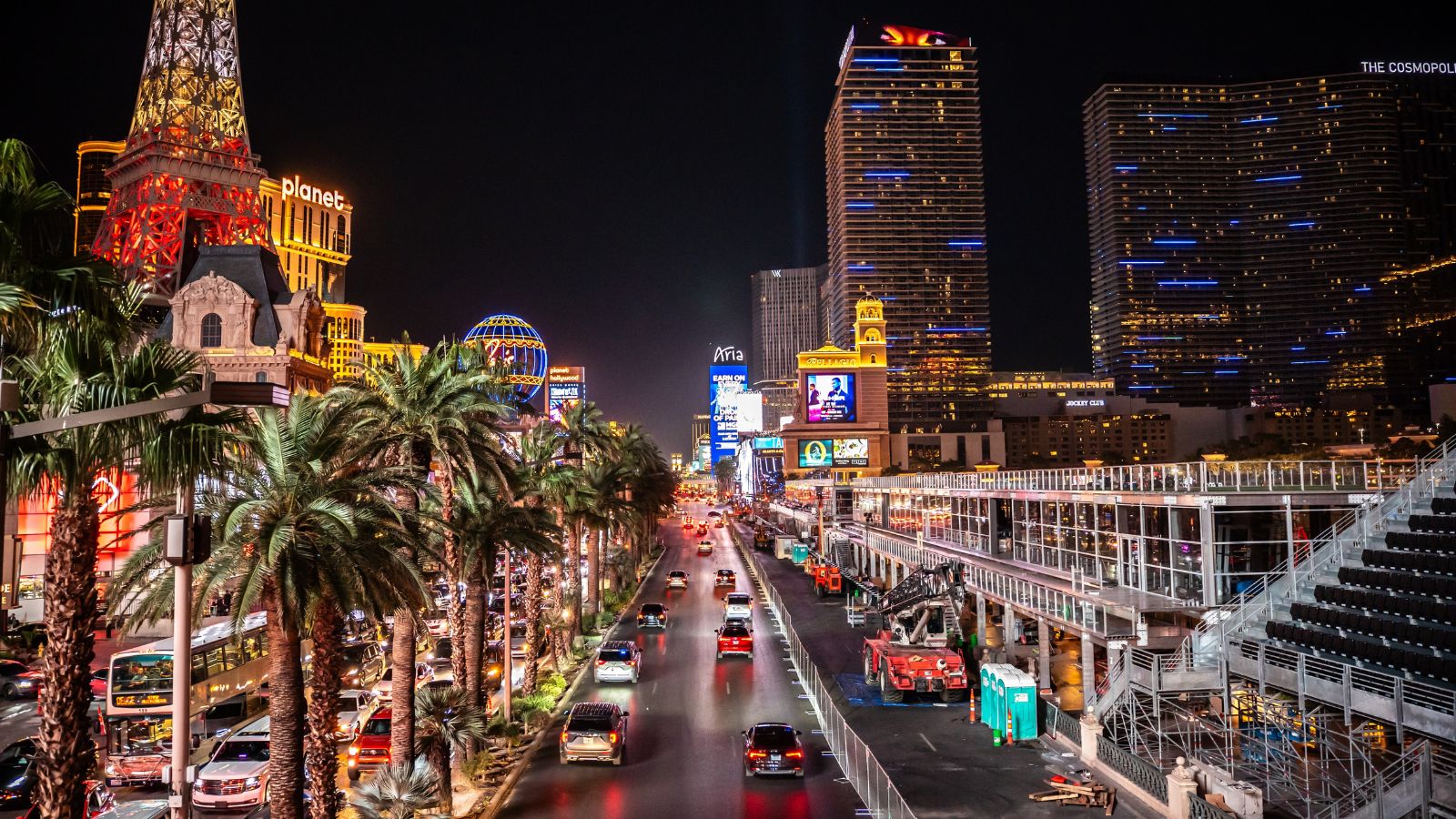
Las Vegas is the hit-and-run hotspot in Nevada, where high levels of tourism and nightlife create unique challenges. Many drivers involved in accidents are either impaired or unfamiliar with local roads, leading to poor decision-making. The state’s transient population, combined with crowded urban areas, contributes to the high rate of hit-and-runs. Local law enforcement has increased patrols, but the problem persists due to the mix of visitors and residents on the roads.
Arizona
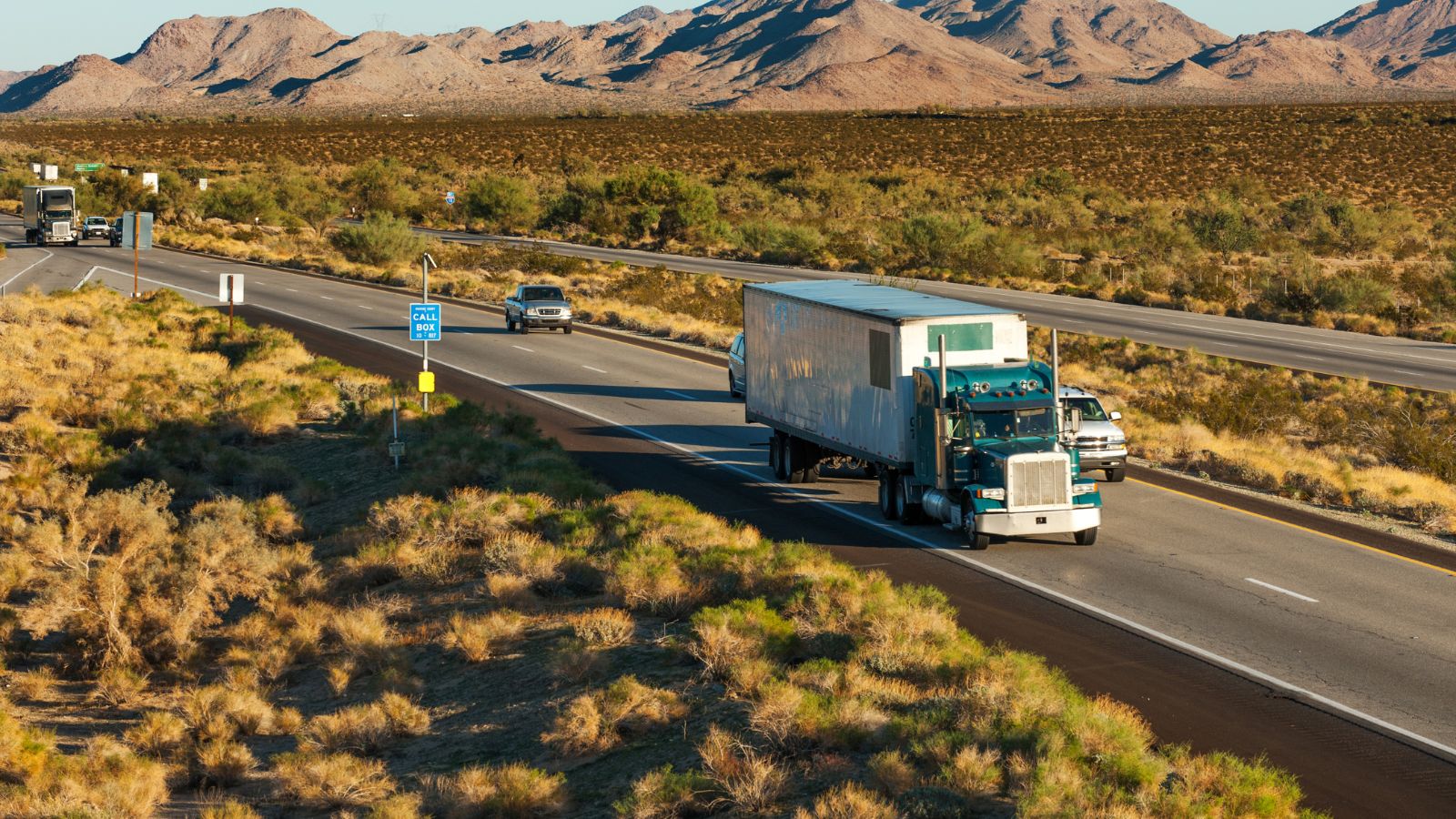
Desert highways and urban sprawl make Arizona another hotspot for hit-and-run incidents. In cities like Phoenix, heavy commuter traffic and high temperatures often lead to driver frustration, increasing the likelihood of accidents. To make matters worse, a significant number of drivers lack proper insurance or valid licenses, motivating them to flee the scene. Efforts to curb hit-and-runs have included public awareness campaigns, but the state continues to struggle with this issue.
New Mexico
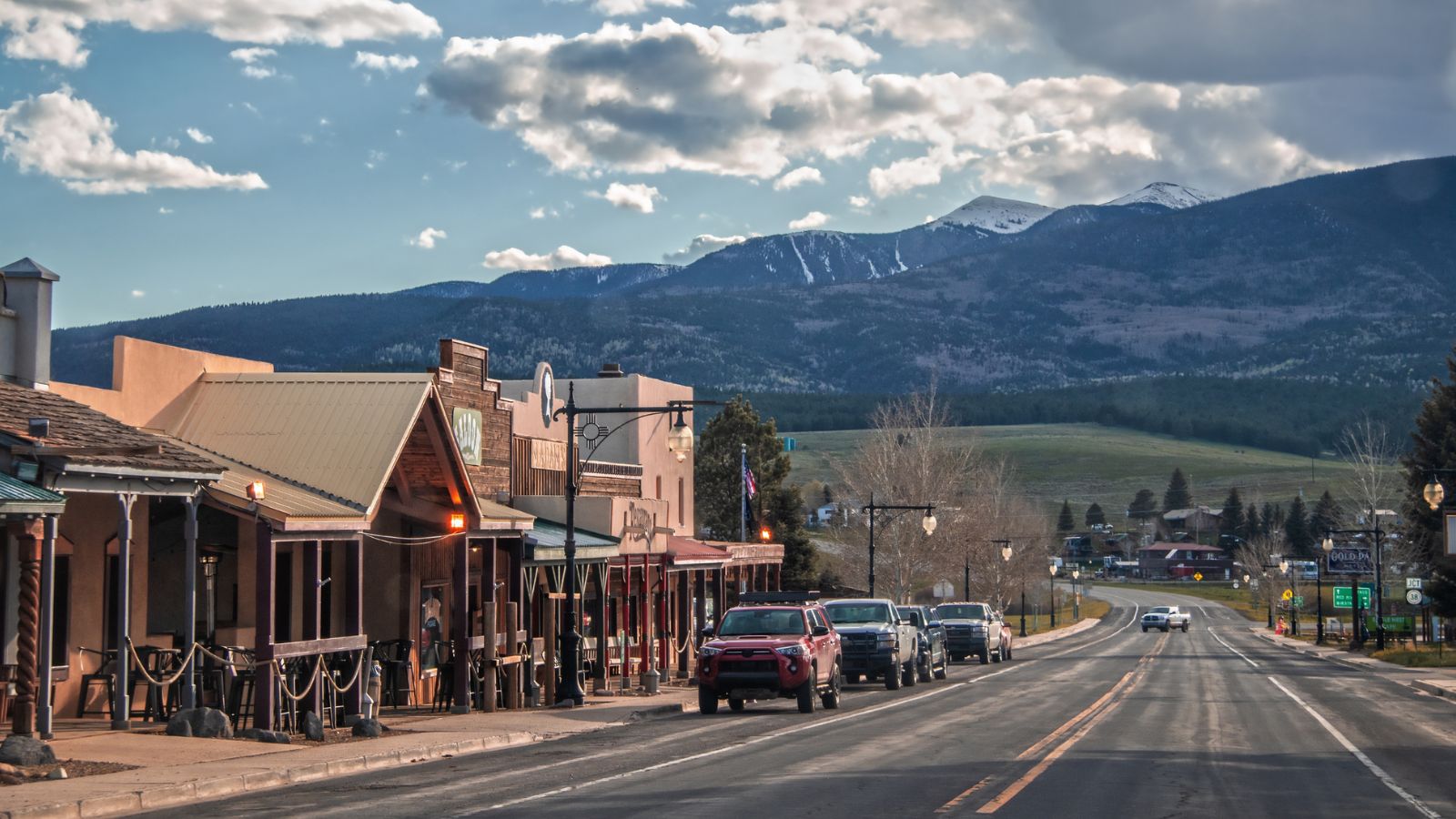
The hit-and-run rate in New Mexico is disproportionately high for its population size. Poverty and lack of access to insurance contribute to the issue, as some drivers leave the scene to avoid financial repercussions. Albuquerque, the state’s largest city, accounts for a large share of these incidents. The state’s wide-open highways and limited law enforcement resources in rural areas make it easier for offenders to escape without being caught.
Colorado
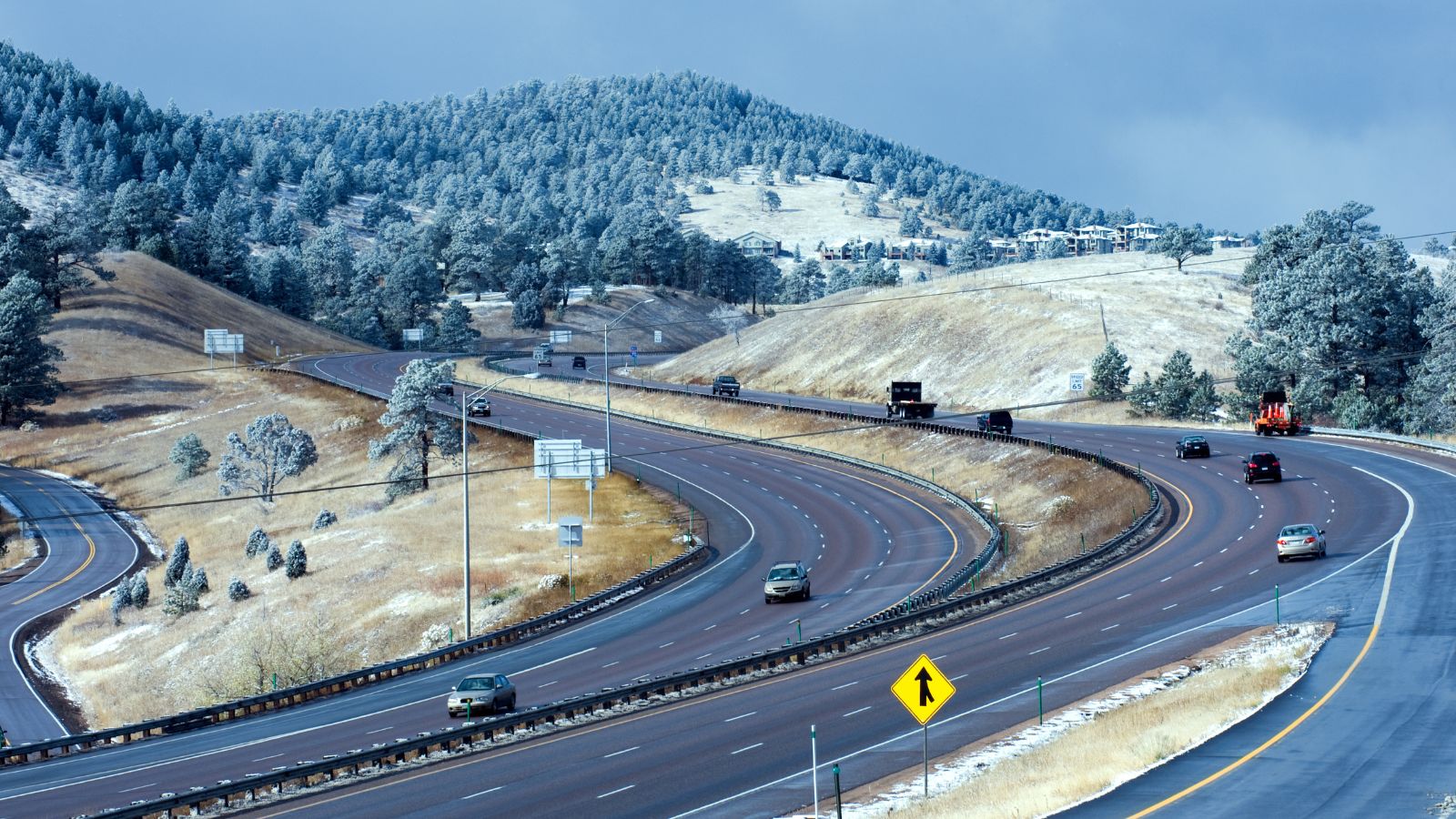
A fast-growing population and increasing traffic congestion in Colorado have led to a rise in accidents where drivers flee the scene. Denver and its surrounding suburbs are hotspots for these incidents, with busy intersections and high-speed roads creating more opportunities for collisions. Impaired driving is a significant factor in many cases, as individuals try to avoid DUI charges. The state has made great strides in improving enforcement in recent years, but the problem remains significant.
Georgia
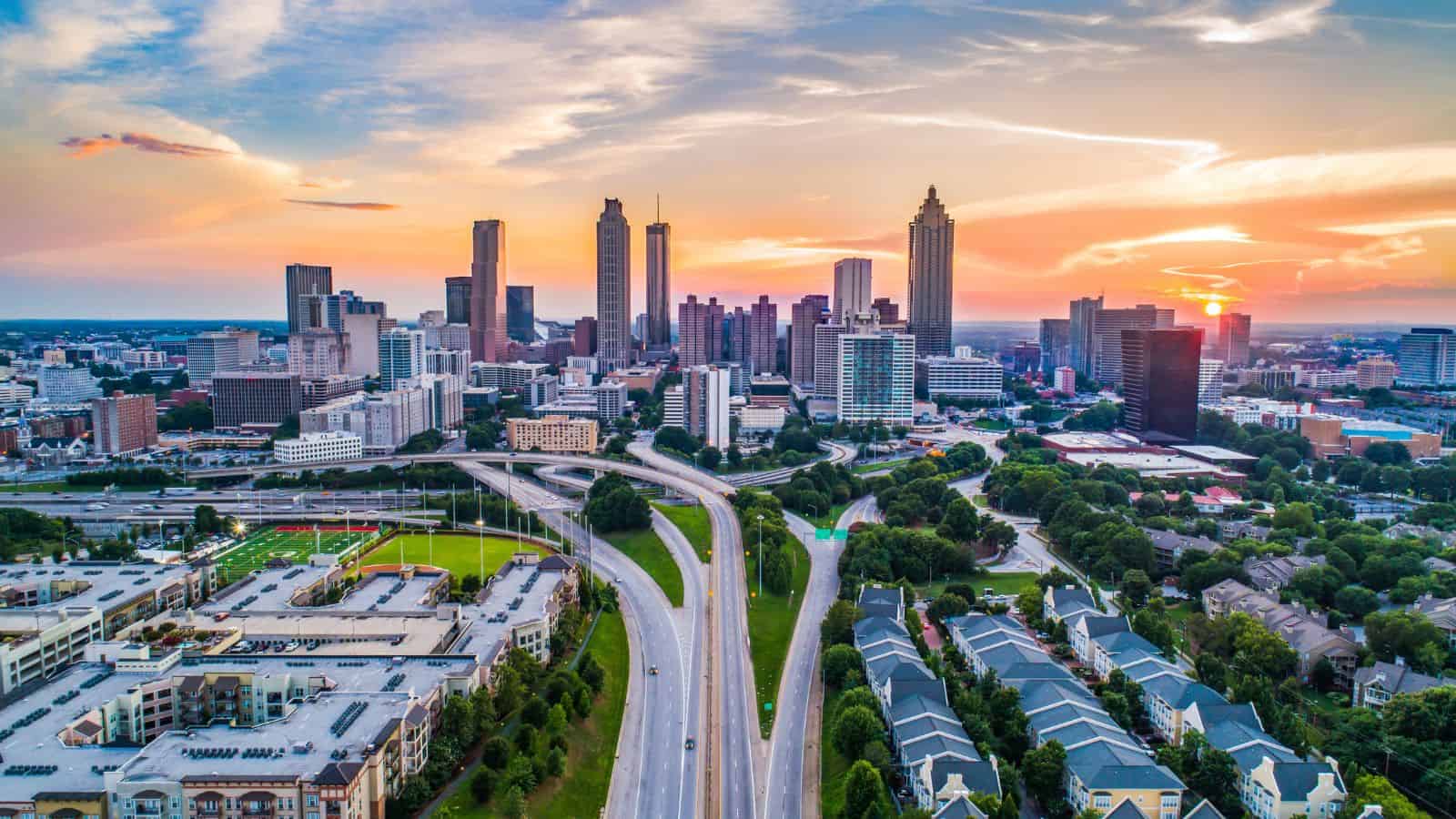
Bustling cities and crowded highways in Georgia see some of the highest hit-and-run rates in the southeastern United States. Atlanta, in particular, experiences a large number of these incidents, often attributed to uninsured drivers and high-speed traffic. Many drivers panic after an accident and leave the scene to avoid legal consequences. Public safety campaigns aim to reduce these numbers, but enforcement challenges persist in such a large and populous state.
Louisiana
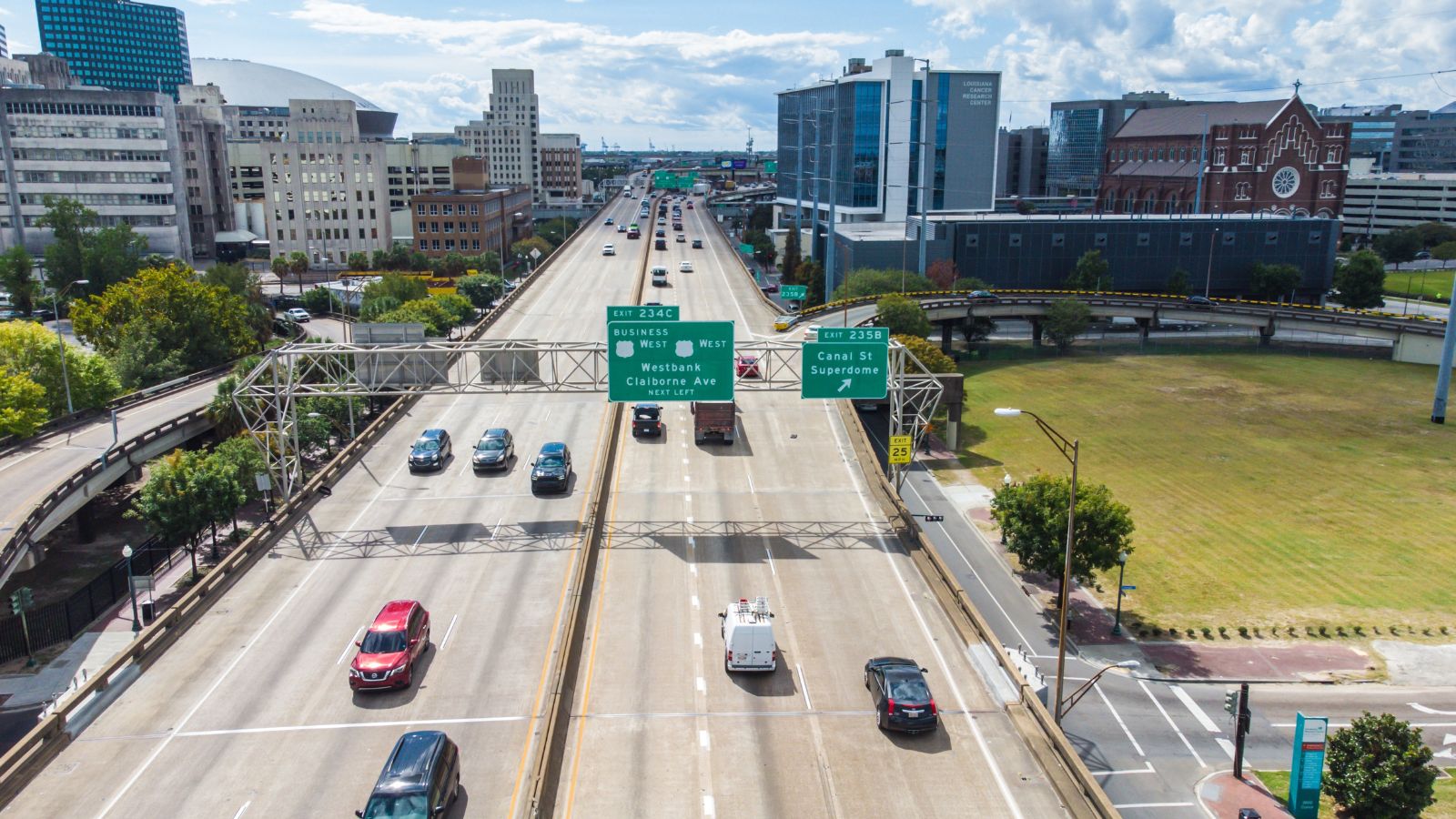
Hit-and-run statistics in Louisiana are troubling, especially in bustling cities like New Orleans and Baton Rouge. The state’s high poverty rate and uninsured driver population contribute significantly to the problem. Many hit-and-run drivers are under the influence of alcohol or drugs, a factor that exacerbates the issue. Poor road conditions in some areas also play a role, increasing the likelihood of accidents in the first place.
Illinois

The congested streets of Chicago, combined with frequent construction and poor weather conditions, create a challenging driving environment, and account for the high rates of hit-and-run accidents in Illinois. Many incidents involve uninsured drivers who flee to avoid penalties. Law enforcement in the state has stepped up efforts to track down offenders.
New York
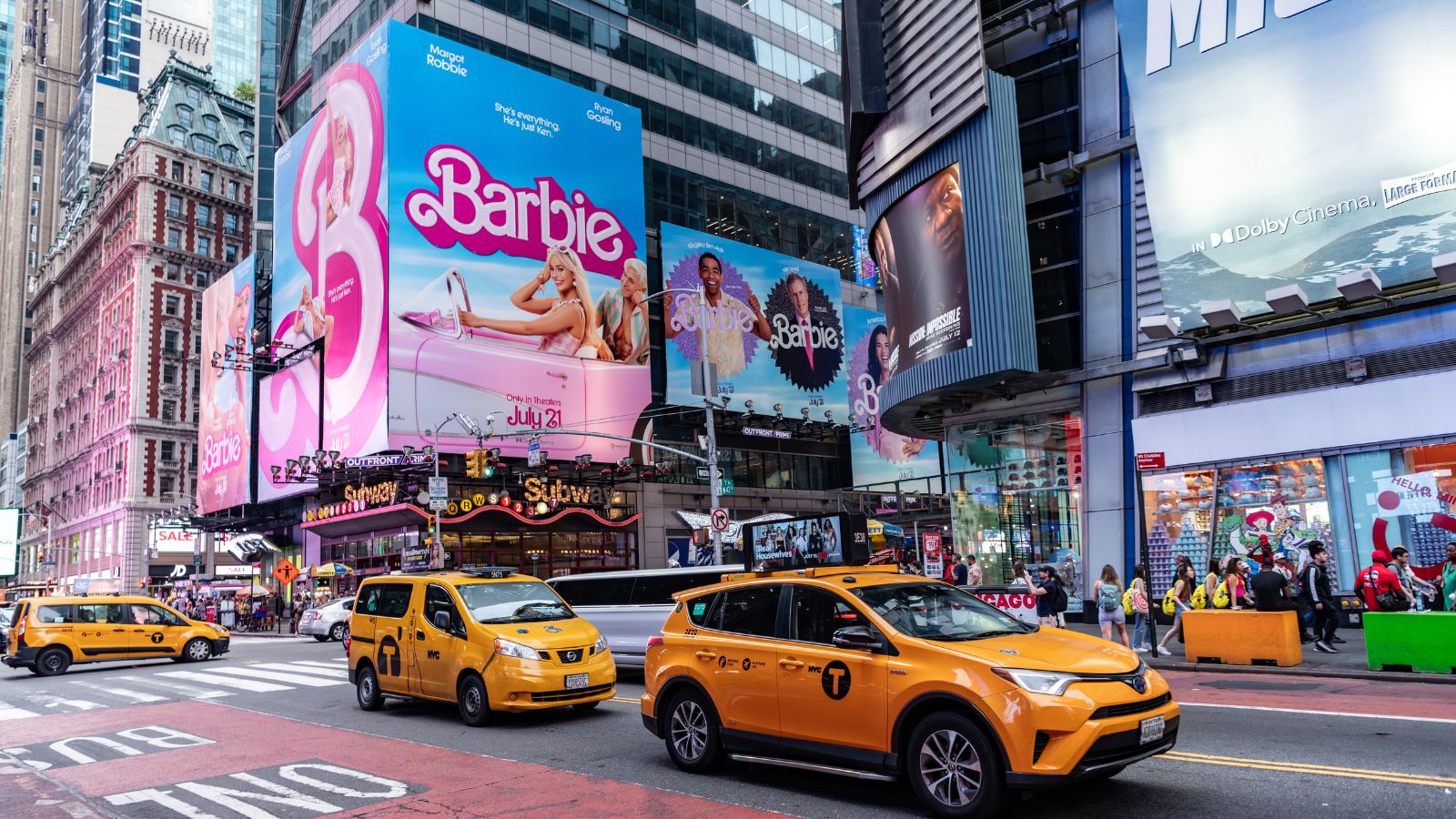
Traffic is dense and accidents are common in New York City in particular, which has a big hit-and-run problem. The fast-paced urban environment often leads to fender benders, and some drivers leave the scene out of frustration or fear of repercussions. The city’s mix of taxis, rideshares, and private vehicles further complicates the issue. The sheer volume of traffic makes enforcement a challenge.
Pennsylvania
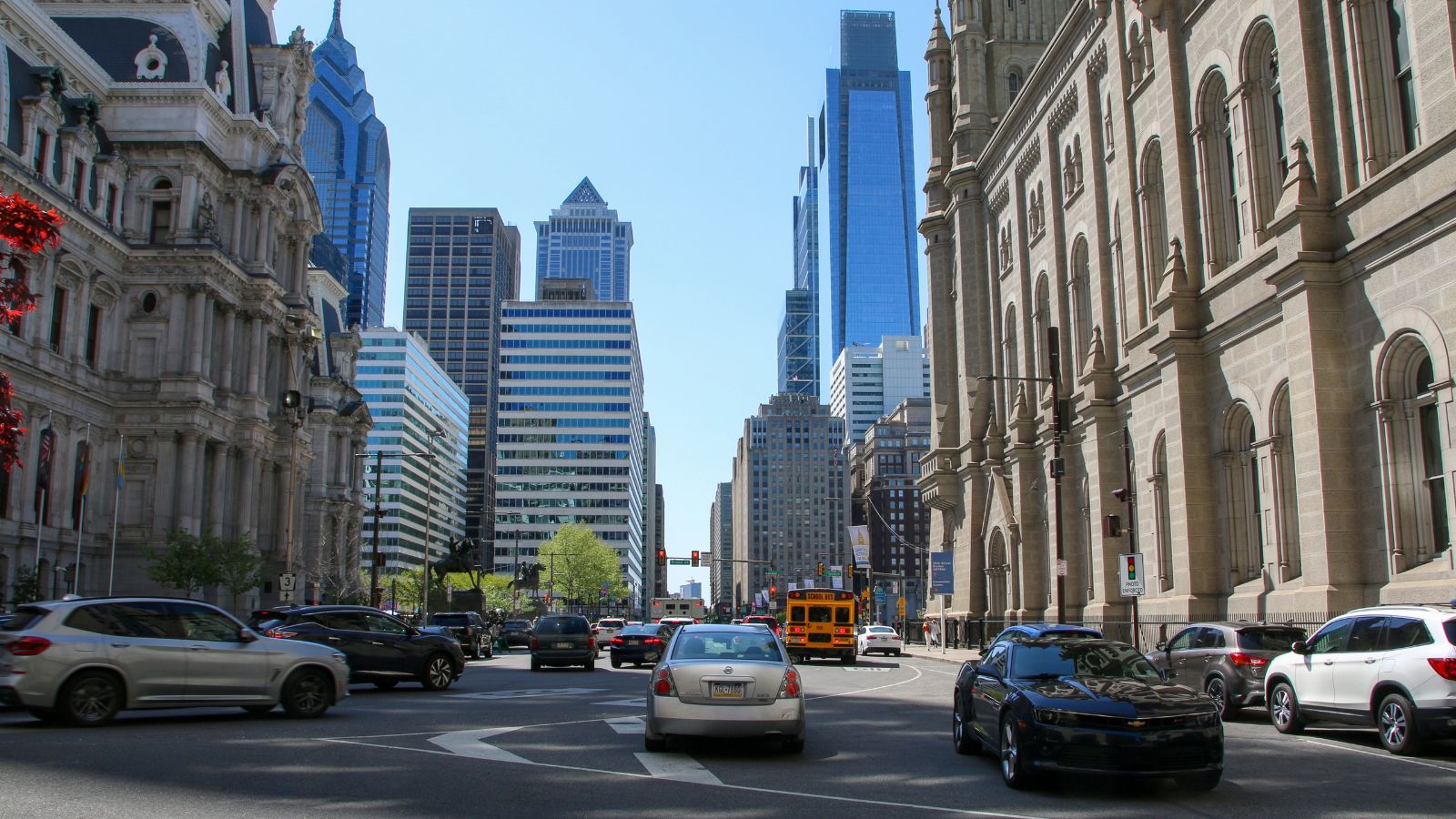
Crowded streets and high-speed highways in and around Philadelphia and Pittsburgh contribute to frequent accidents, with a high portion of drivers fleeing to avoid accountability. Pennsylvania’s efforts to crack down on offenders include public reporting systems, but many cases remain unresolved due to limited resources and the difficulty of identifying drivers after they’ve fled.
Michigan
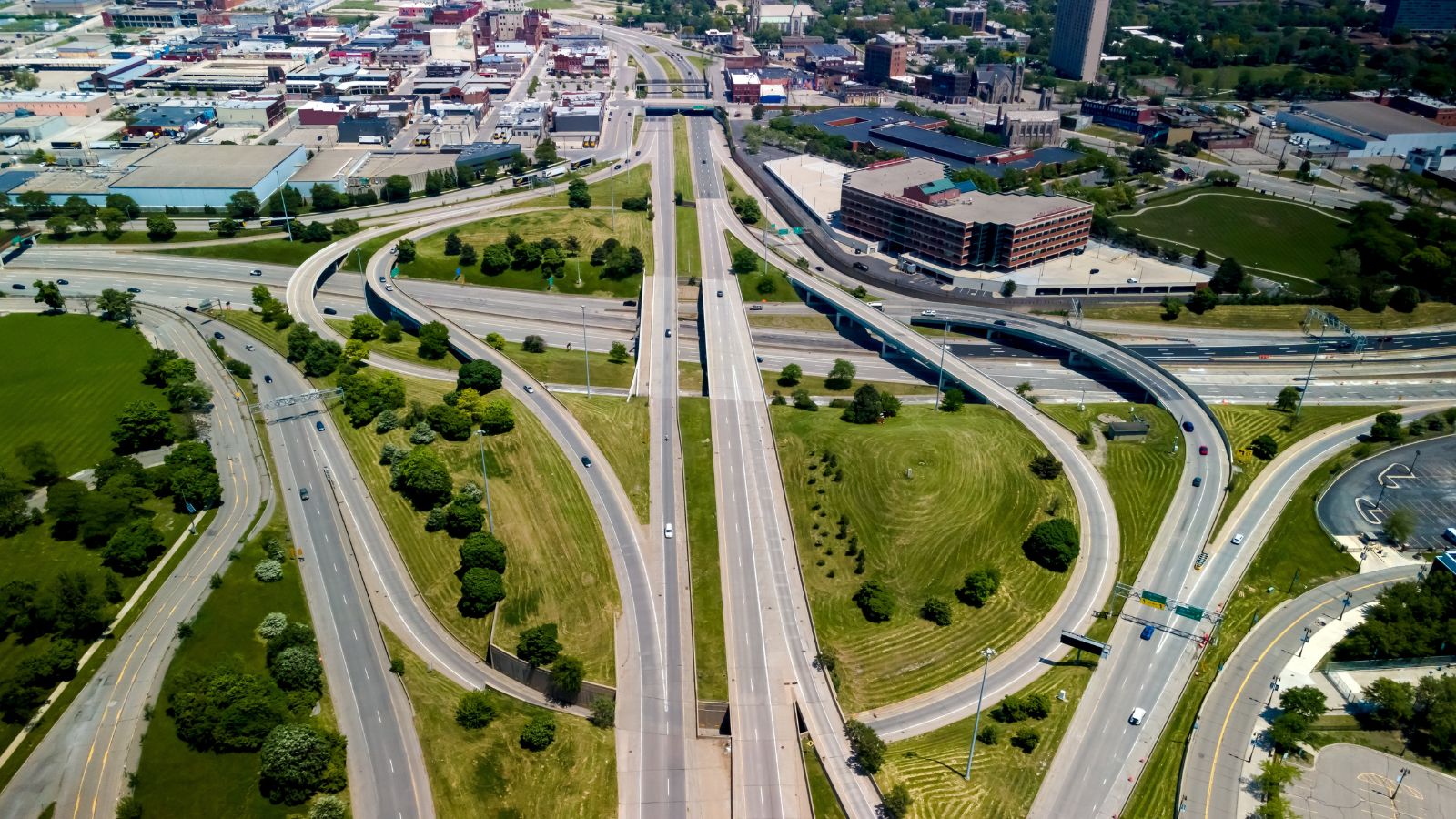
The state-wide no-fault insurance system in Michigan can complicate accident claims, which may encourage some drivers to flee. This is a big problem, particularly in Detroit, which experiences a high number of hit-and-run incidents. Economic challenges in some areas mean many residents drive without insurance, adding to the problem. Public awareness campaigns and stricter penalties aim to address the issue.
North Carolina
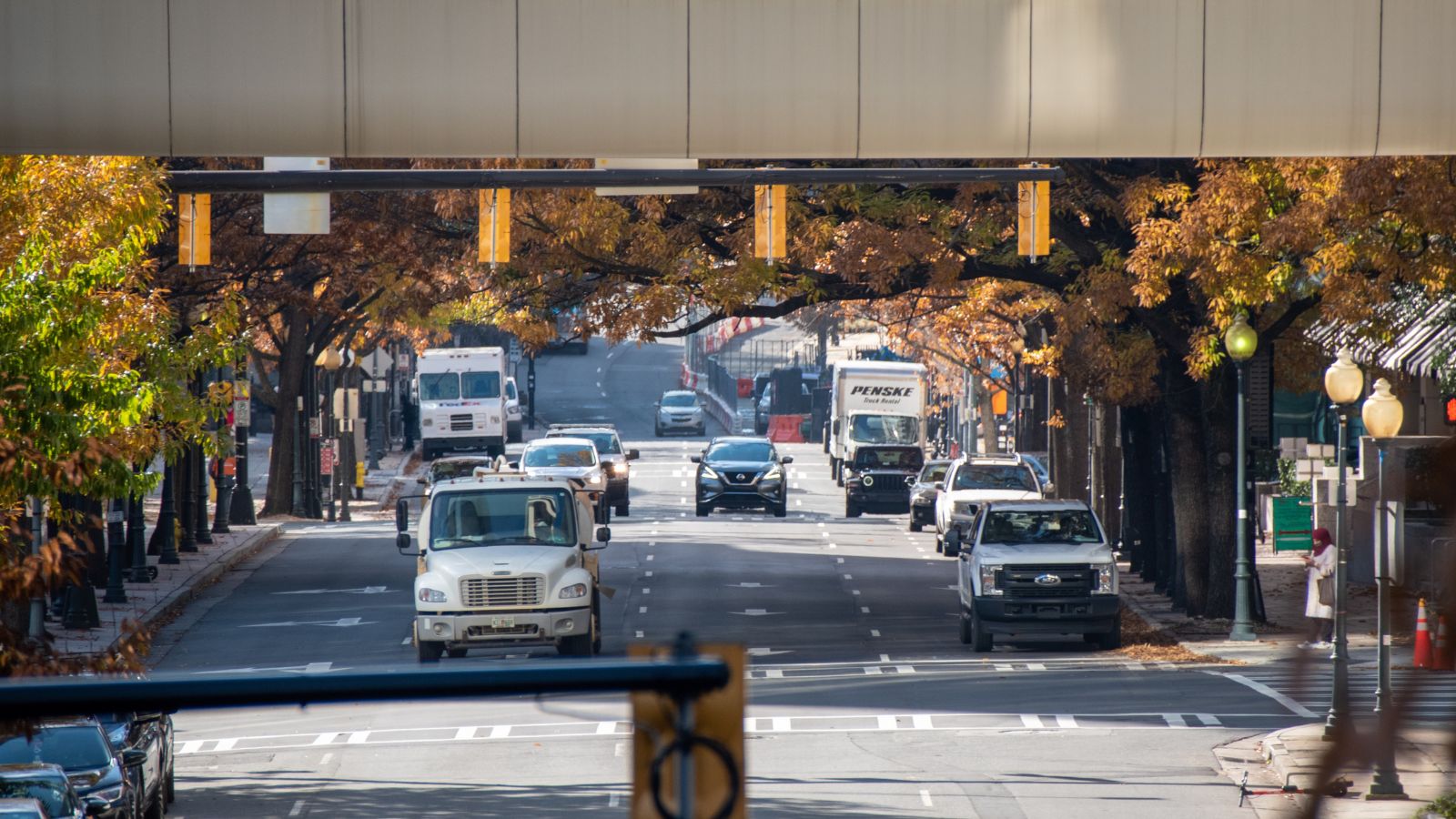
Population growth and increased traffic are to blame for more accidents in North Carolina, with hit-and-run rates especially high in cities like Charlotte and Raleigh. Many incidents involve uninsured drivers or those with suspended licenses, who leave the scene to avoid legal consequences. Efforts to reduce these rates include expanded law enforcement patrols and community engagement.
Tennessee
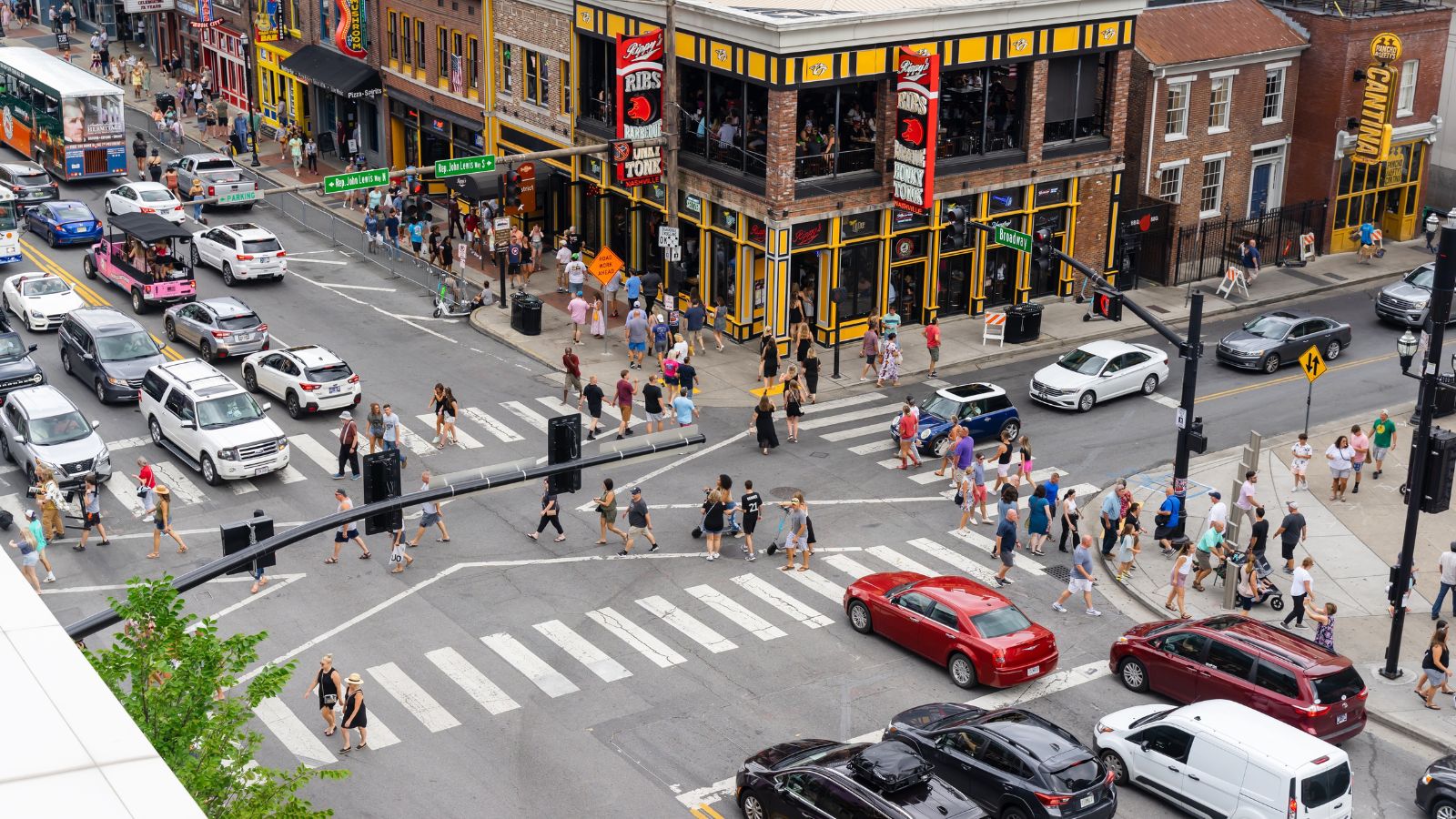
High-speed highways and the urban sprawl of cities like Nashville and Memphis create a challenging driving environment at the best of times, and the hit-and-run problem is particularly acute. Many drivers involved in hit-and-runs are either uninsured or under the influence, compounding the issue. Public safety initiatives in Tennessee focus on educating drivers about the consequences of fleeing an accident, but enforcement challenges persist in such a fast-growing state.
Washington
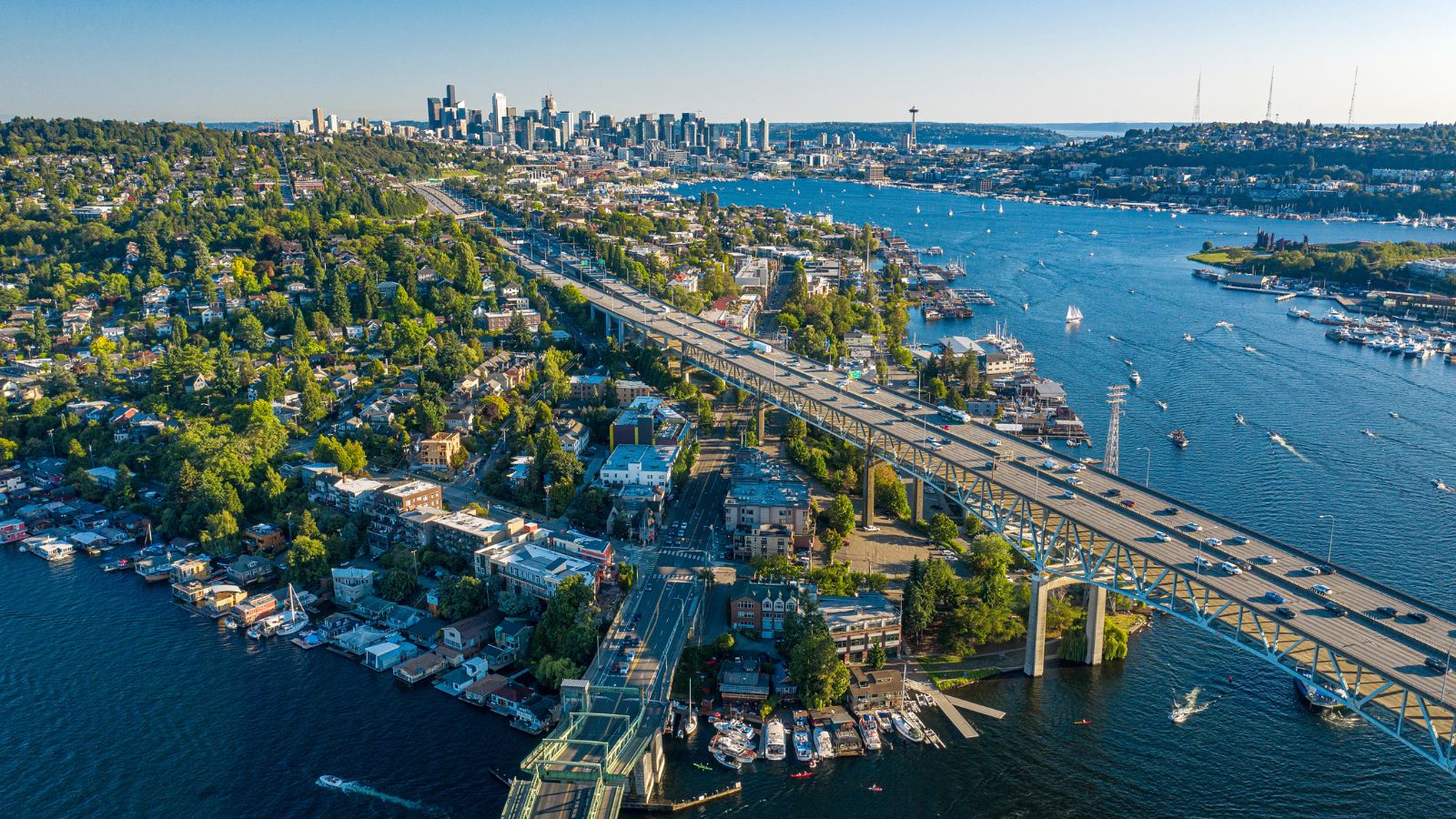
The notorious rainy weather of Seattle is blamed for the significant number of hit-and-run cases in Washington State. The city’s heavy traffic and slippery wet roads contribute to the high accident rate, with drivers often leaving the scene to avoid legal or financial repercussions, especially if they are uninsured. Statewide initiatives include increased penalties for offenders, but the issue persists.
